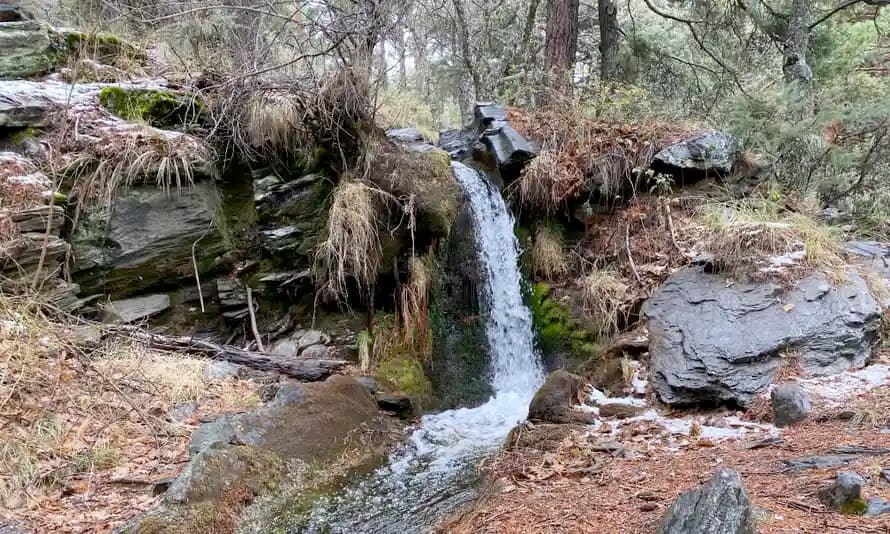High in la Alpujarra, on the slopes of the majestic Sierra Nevada in Andalucía, the silence is broken only by the sound of a stream trickling through the snow. Except it is not a stream but an acequia, part of a network of thousands of kilometres of irrigation channels created by Muslim peasant farmers more than a thousand years ago.
Now, it is flowing again thanks to a project devised by the laboratory of biocultural archaeology at the University of Granada and backed by local and European funding. With the help of volunteers, the MemoLab project is restoring the region’s extraordinary hydrological network at a time when the climate crisis is exposing Spain to prolonged periods of drought and intensive farming is putting extreme pressure on water supplies.
Rain comes to the Mediterranean in brief, torrential bursts, with the result that most of the water is lost as it runs off into rivers and the sea. The genius of the acequia system is that by controlling the flow of the water, whether from rain or snowmelt, it reduces runoff, while at the same time allowing water to be absorbed into the land to replenish the aquifers in what is literally a trickle-down effect.
Read more.
3 Likes
